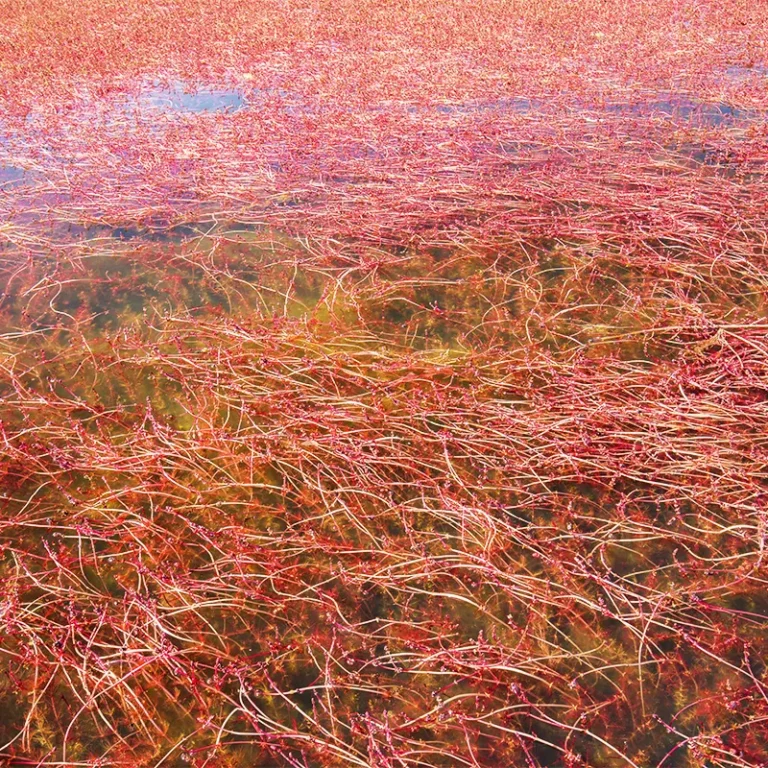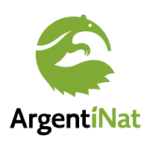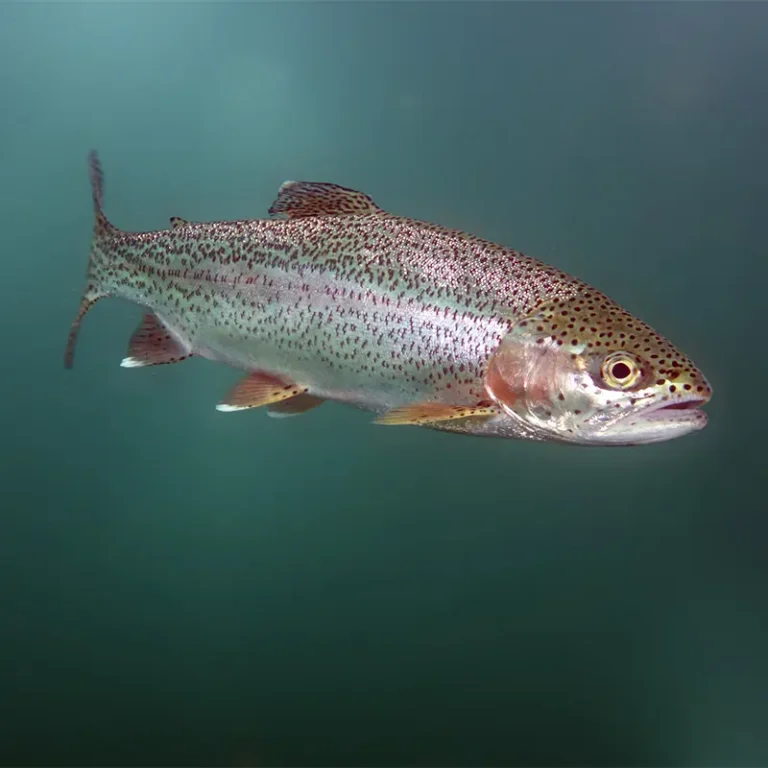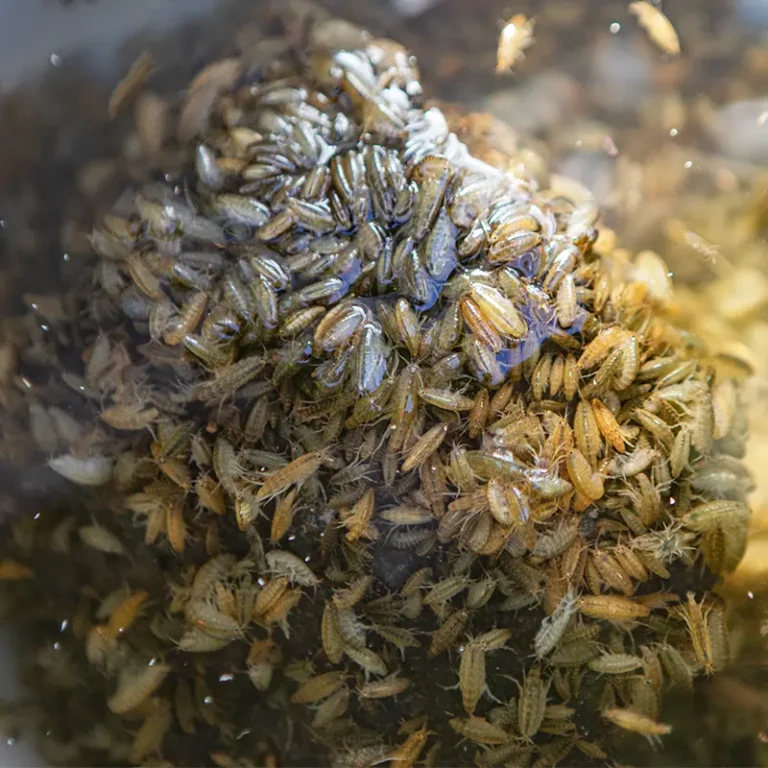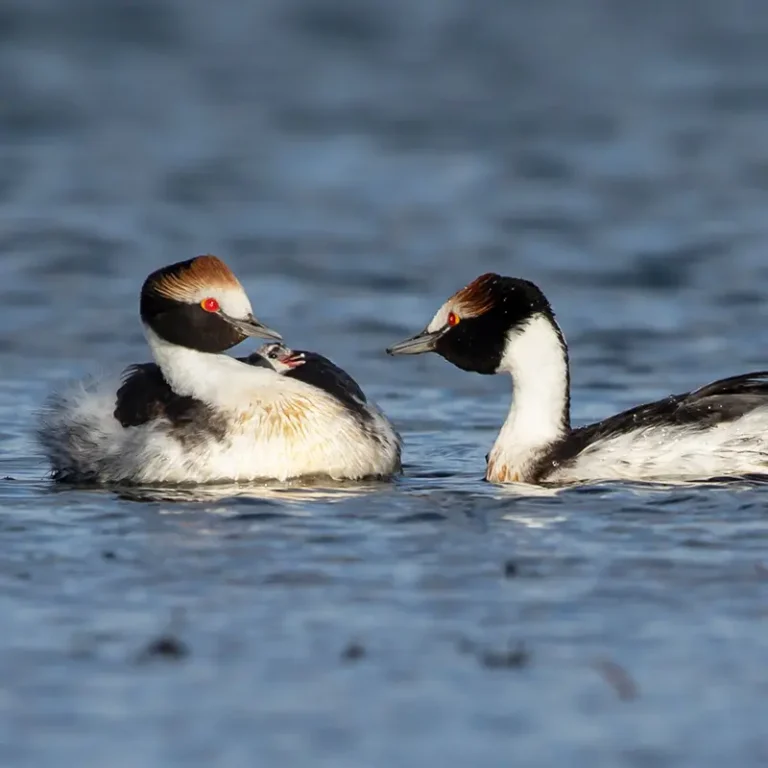Context and objectives
The high-altitude lagoons of the western Santa Cruz plateaus are the heart of one of the most unique and fragile ecosystems in southern Patagonia. They are key environments for many endemic and threatened species, such as the Hooded Grebe, and also play a vital role as water reservoirs in a landscape marked by aridity.
Since 2011, at the Hooded Grebe Foundation we have been developing a research and restoration program for these ecosystems, with a comprehensive approach that combines ecological knowledge, environmental history and direct action.
We study the limnological conditions of the lagoons, with special emphasis on the communities of phytoplankton, zooplankton, bacteria and nutrients, which are the basis of the aquatic food chain. We also analyze the current trends of these ecosystems in the context of climate change, observing how temperature, water availability and habitat quality vary over time.
A fundamental line of work is the reconstruction of the environmental history of the lagoons through paleolimnological studies, which allow us to know what these bodies of water were like in the past and how they responded to natural and anthropogenic environmental changes.
Finally, we carry out concrete restoration actions by removing exotic trout, one of the main threats to the lagoons and their biodiversity. These fish, introduced decades ago, profoundly alter ecological networks by preying on key native species.
The ultimate goal is to recover the ecological integrity of the high-altitude lagoons, ensuring their value as an essential habitat for Patagonian fauna and their role in the resilience of these unique landscapes in the face of future challenges.
Our actions
- Studies of the conditions of the lagoons, mainly considering the planktonic (zoo and phytoplankton) communities, bacterial, nutrients, etc.
- Current trends in the context of global climate change.
- History of the lagoons through paleolimnological investigations, that is, the history of the lagoons over hundreds and thousands of years.
- Restoration of lagoons through the removal of trout.
Protagonists
Threats
The main current threats to these aquatic systems are climate change, especially the decrease in rainfall and the consequent drop in level and drought of the lagoons. Added to this is the potential resurgence of extensive aquaculture (for now in decline) which could increase the number of lagoons planted with trout and the consequent deterioration of these aquatic environments. Finally, the expansion of problematic invasive species (Kelp Gull) and invasive species (American Mink) would increase the negative effects on bird communities and could be vectors of diseases.

